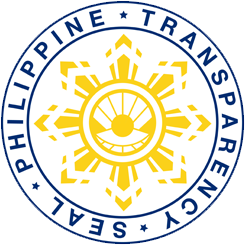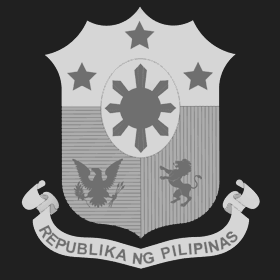Posted by philrice-admin Sep - 9 - 2021

What is varmix? Varietal Mixture (VarMix) is a mixture of seeds of selected varieties with closely similar agronomic traits but with genetic dissimilarities. Agronomic traits pertain to maturity, height, and grain size, and shape, while genetic dissimilarities refer to the distinct genetic makeup of a rice variety. These varieties have diverse functions to lessen the effects of both biotic (e.g. pest and diseases) and abiotic (e.g. water) stresses (Tooker & […]
Posted by philrice-admin Jun - 2 - 2021

There is a need to devise strategies to ensure that farmers suffering from information and communications technology (ICT) anxiety may be able to optimize the benefits of ICTs. ICT anxiety is the feeling of discomfort when in front of ICTs (e.g. computers). It is common among old people, which typifies the majority of farmers in the Philippines. Results of the 2016-2017 Rice-Based Farm Households Survey note that while ICT access […]
Posted by philrice-admin Apr - 23 - 2021

A project in Aurora Province from 2012 to 2014 saw that challenges of climate change and rice production are best addressed together by the community. Farmers participating in the project who agreed to practice synchronous planting were rewarded with less pest damage and more yield. Passing ordinances incentivizing collective action in employing yield-enhancing practices like synchronous rice planting is in the right direction if the aim is to increase yield […]
Posted by philrice-admin May - 2 - 2018

Farmers who depend on pumps for irrigation water suffer from the increased fuel prices. Their fuel consumption accounts for some 30% of their total production cost. TRAIN increases the production cost of pump-dependent farmers by 50 centavos for every kilogram of palay produced, which diminishes their income by 10%. Mechanization does not significantly increase farm fuel cost. To cushion the ill effects of TRAIN on rice farming, pump-dependent farmers have […]
Posted by Web Team Jan - 31 - 2018

Rice prices are expected to drop when trade protection shall have finally been relaxed in compliance with our international trade agreements. To remain in the market, farmers have to strategize on how to compete in terms of quality and price of their products. This policy brief tackles Hybrid Rice as one of the ways to help farmers survive in a market with tight competition, especially with cheaper imported rice. It […]
Posted by philrice-admin Jan - 11 - 2017

The Philippines (PH) currently adopts tariff and quantitative restriction (QR) as trade protection for rice. Tariffs are taxes imposed on traded products; QRs limit the volume of imported rice allowed into the country. Trade protection regulates the influx of cheaper imported rice in the local market, and shields local farmers and traders from superior competition. If government would remove QR, local rice prices would drop (Litonjua and Bordey, 2014; Bordey […]
Posted by philrice-admin Dec - 1 - 2016

The Philippine rice industry will soon bear the brunt of global competition. In 2017, the government may no longer be able to control the volume of rice to be imported. Cheap imported rice will compete in the local market as long as it is subject to 35% tariff. As a result, local wholesale price will mirror the wholesale import parity price – which is the equivalent price of imported rice […]
Posted by philrice-admin Mar - 2 - 2016

Zero rice importation or self-sufficiency has always been the elusive goal of Philippine agriculture policies regardless of political dispensation. Any inferior goal is unpatriotic and criticized as a failure of the government and the nation as a whole. Figure 1 shows the historical net rice imports of the Philippines.
Posted by philrice-admin Jan - 12 - 2016

Tariffs and quantitative restrictions (QR) are used to control the entry of imported rice in the country. Tariffs are taxes imposed on traded products; QRs are measures such as quotas and bans that limit the volume of rice allowed into the country.
Posted by philrice-admin Apr - 5 - 2015

Organic fertilizer is made of animal or plant biomass that has completely decomposed until the original material has become soil-like in texture. Biofertilizers, or microbial fertilizers, compost activators, inoculums are commonly classified as organic fertilizers, but they are either soil conditioners or growth enhancers.














